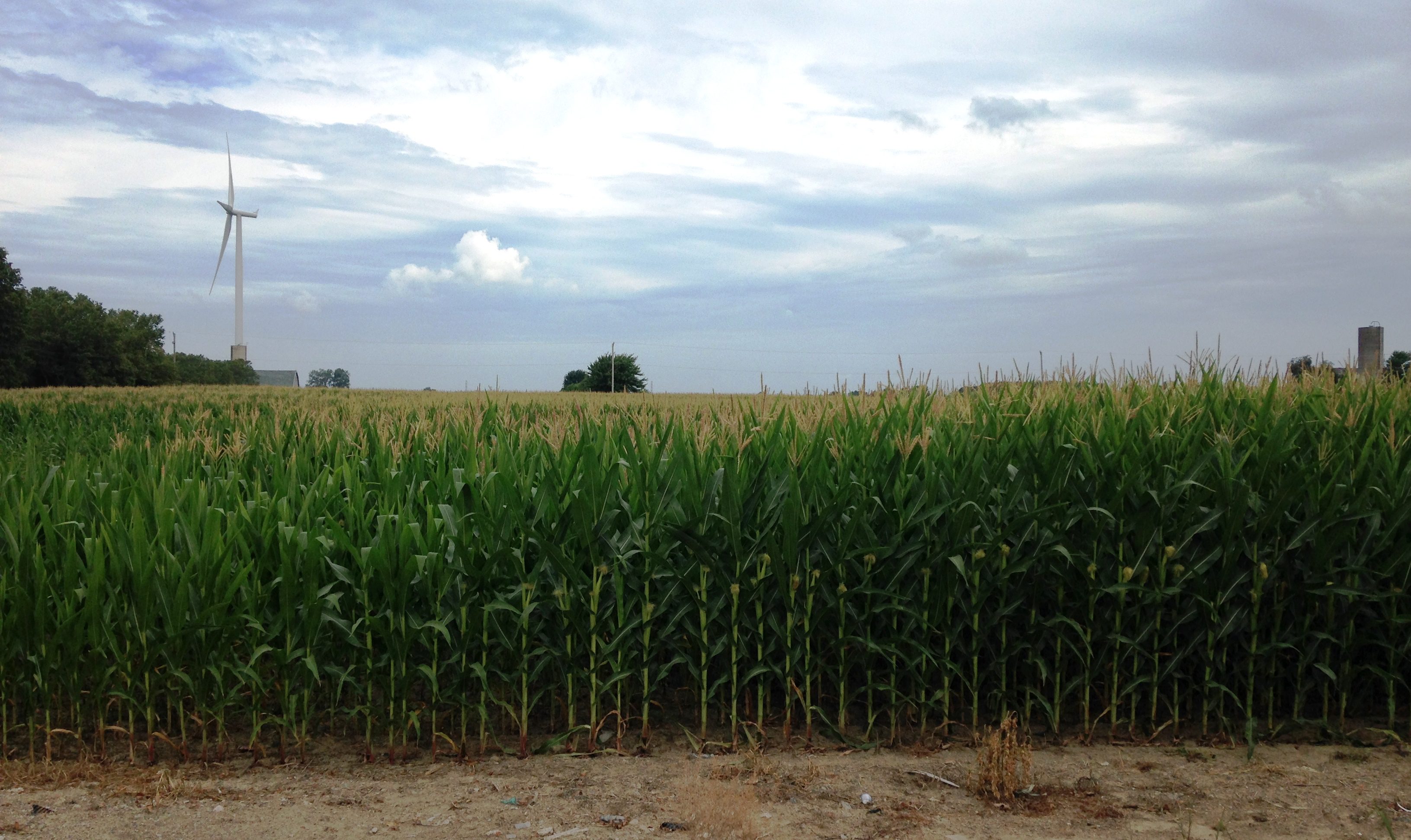Algae blooms happen in the water, but what happens on the land dictates the size, severity and toxicity of a bloom. Here’s the dirt on soil, and how managing land for better soil health can help solve our water quality woes.

Over the last decade, Lake Erie has experienced increasingly frequent and severe algae blooms. While some algae is normal and an essential part of lake ecosystems, too much algae can foul beaches, clog water intake pipes, kill fish, and put human health at risk. One of the main causes of the blooms is nutrient runoff, which happens when rain and snowmelt flush fertilizers and manure from farms into waterways. Excess nutrients – initially intended for corn and wheat crops – end up in the lake, causing algae to grow out of control.
Connection between soil health and the health of Lake Erie
Soil health has a big impact on the health of Lake Erie. Healthy soils absorb and hold more water, and are less likely to be washed away when it rains. That means nutrients applied to fields with healthy soil are more likely to stay put, and less likely to end up in the lake. Building and maintaining healthy soil is a priority for growers too, because in addition to reducing nutrient runoff, healthy soils support healthy crops and higher yields.


The first step in evaluating soil health is monitoring. Farmers collect soil samples, and the samples are evaluated based on a number of parameters. Growers then manage their land based on the results – including where they apply fertilizers and how much. Soil testing should happen every three years at a minimum, and numerous samples should be taken from a single field using a grid system. Unfortunately, testing regularly and frequently can be costly for growers. If we want to see this best management practice widely adopted, we need the federal and Ontario governments to help shoulder the costs.
Strong plan needed to protect Lake Erie
Earlier this spring, the Ontario and federal governments released a draft plan outlining how they will reduce runoff pollution and improve the health of Lake Erie. Unfortunately, the current draft plan doesn’t include incentive programs and in-person support services for farmers. Boots-on-the-ground programs could help farmers boost soil health, and reduce fertilizer use when the soil doesn’t need it.
A lack of incentive programs and in-person support services for farmers is just one of several ways the draft action plan falls short. If we want to save Lake Erie, governments need to up their game, rewrite the action plan, and ensure it includes:
- Clear timelines concerning when programs will roll out, and when we can expect to see the health of the lake improve;
- A detailed resourcing plan that outlines what funds are available and what is required to implement the actions identified in the plan; as well as
- Incentive programs and in-person support services to help farmers reduce nutrient runoff.
Making investments in soil health is a win-win for farmers and the lake. If more water is held in the soil, and fewer nutrients are washed into the lake, we’ll be in a much better position to tackle Lake Erie algae.
Take action now, and tell the provincial and federal governments you support the actions necessary to achieve a healthy Lake Erie.






